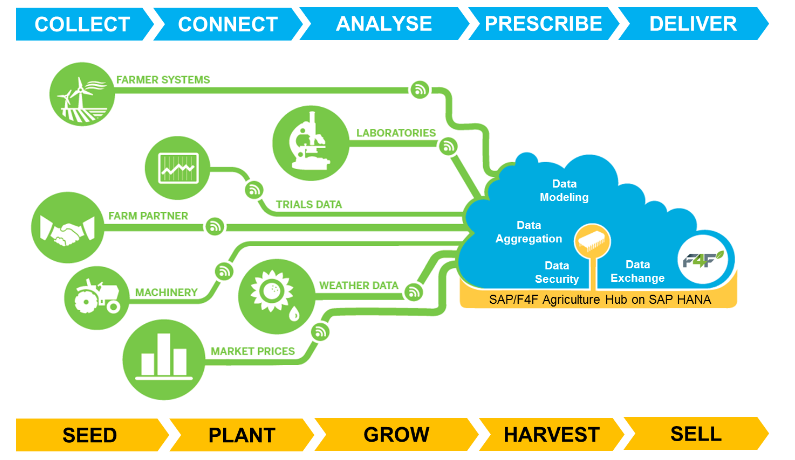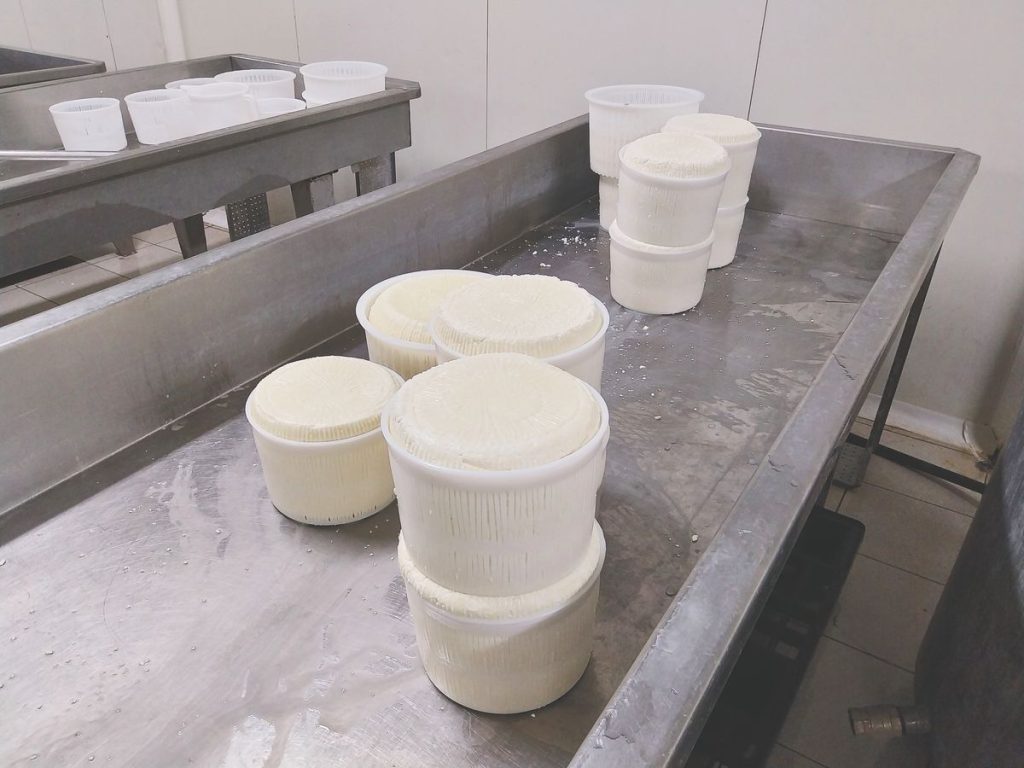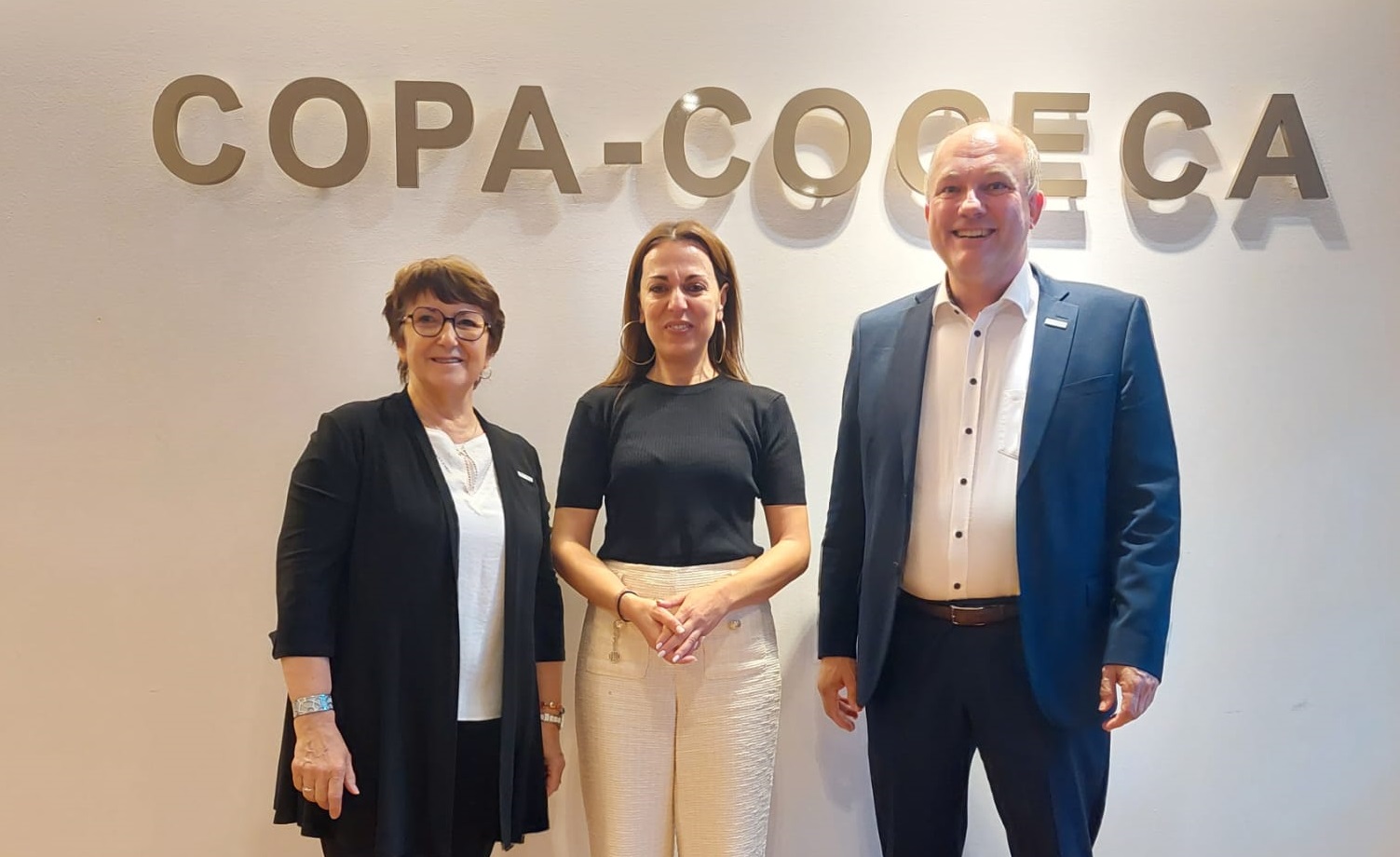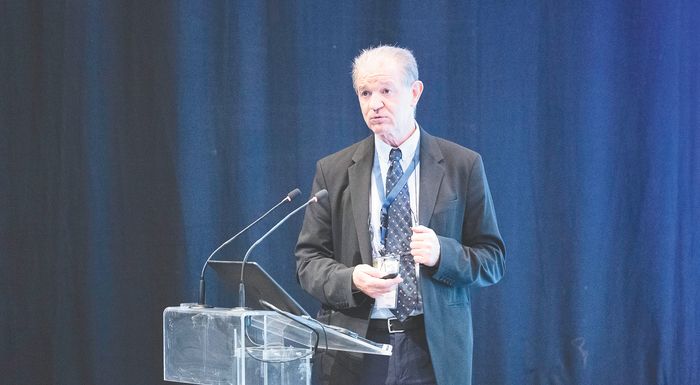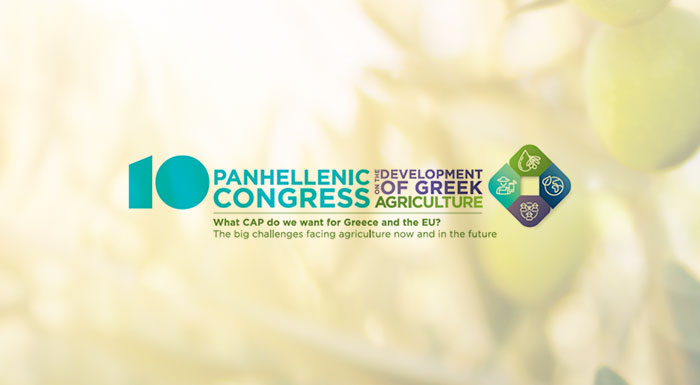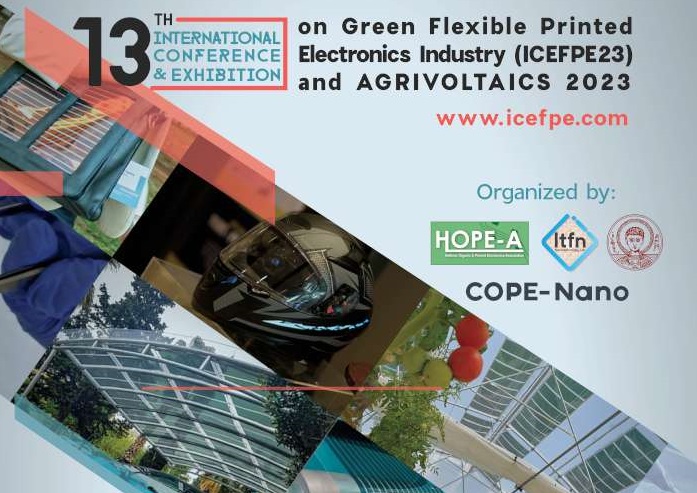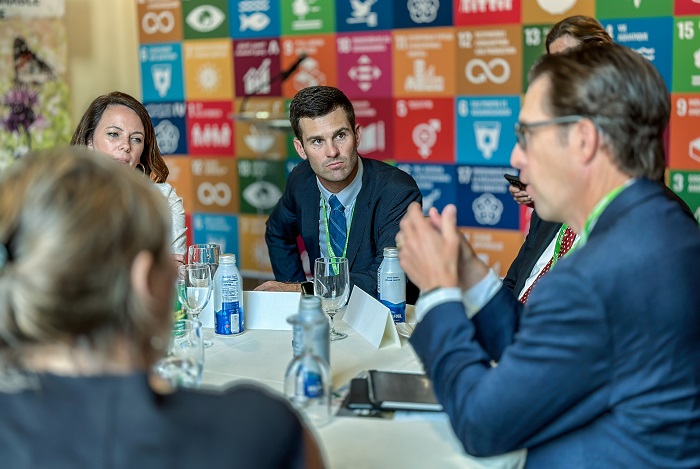New technologies allow for increased yields at a lower cost

At the same time, the cost of inputs like fertilisers, pesticides and irrigation water is significantly higher than in other countries. Such factors lead to an increase of the production cost.
On the other hand, the traditional approaches of crop management usually render the Greek agricultural products as non-competitive in a global market, as at the same time the rest European (and other) farmers quickly adopt new technologies, which lead to increased production at a reduced cost. This highlights a clear need for technological solutions – not generic ones, but adapted to the Greek conditions –, which will be based on real data for decision making regarding various cultivation practices, such as irrigation, fertilization and plant protection. Such solutions will provide Greek farmers with a competitive advantage over the European ones and will improve their placement in the global market.
Suggested solutions
Streamlining the application of inputs in the field plays a core role in the reduction of the production cost, which Greek farmers need: Instead of their empirical application which may lead to over-use, with significant effect not only on the crop but also on the environment, it is now possible to apply specific quantities (and in fact, differentiated for each parcel based on its real needs) and in specific time periods with high accuracy, by making use of data.
Such data refer to a specific parcel and derive from various sources, such as sensors in the field, information from producers, as well as from aerial means such as satellite images, aerial photos and other remote sensing data. Such data need to be collected, processed, combined and exploited in a way that allowes farmers to get exactly what they need: customised advice that will guide their cultivation practices (such as irrigation, fertilisation and plant protection) based on data filtered through the scientific knowledge of researchers and the practical experience of agronomists / production advisors.
In this context, before a farmers proceeds with a specific fertilisation program he can now have a precise overview of his parcel’s soil nutritional status (through soil samples’ analysis) which, combined with the specific crop’s needs in terms of nutrients, will define the type and the amount of fertilisers to be applied.
Before a farmer proceeds with his crop’s irrigation, he can have a precise overview of the soil’s needs in terms of water, using sensors installed in his field, thus avoiding potential waste of water. Last but not least, having an overview of the possibility of infection or infestation of his crop by a specific disease or pest respectively, based on their population and the environmental conditions that apply in the specific area, he can schedule the application of sprayings at the most appropriate time, maximising their effectiveness and reducing in some cases the number of required applications.
In no way these should be seen as the approach to address any potential threat by pests and diseases; however, it still is the scientific approach which will contribute to the increase of effectiveness of the plant protection means applied, aiming at minimizing the loss caused by the pests and diseases.
All aforementioned have a common point: The provision of specialised and customised advice to the farmer, based on the attributes of a specific cultivation at a specific geographic region. This comes in contrast with the conventional, generic approaches which do not take into consideration the specificities of different crops nor the ones of the same crops growing under different conditions.
Would it be possible for a doctor to issue a prescription for specific medicine to his patient based on the place of origin, home address and his/her last name? Apparently no. A doctor bases his prescriptions on the results of examinations and specific symptoms of his patient. How could generic approaches be valid for the agricultural production sector and ensure the optimum yield, in terms of quality and quantity?
Smart farming in the Greek agricultural sector
When talking about smart farming, one usually thinks of self-driving tractors, equipped with expensive technological components, such as a computer and GPS, which move autonomously in the fields, plowing, seeding and applying fertilisers with high accuracy in vast monoculture field, just like it is usually presented by various sources; however, it is something much generic (and in most cases simpler) than that.
Smart farming is an approach of agricultural production management which allows (and is based on) the use of data for improved decision making regarding cultivation practices and the application of inputs, aiming at the optimisation of production both quantitatively and qualitatively. It is the outcome of the combination of technological tools with various data types, scientific research, knowledge and practical experience.
One of smart farming’s important features is its environmentally-friendly approach, as through the rationalised application of inputs, the effects of agricultural practices on the environment (see the side effects of agrochemicals and the waste of irrigation water, among others).
In Greece, NEUROPUBLIC is the first company that took over the recording and analysis of the Greek farmers’ needs, analyse available technologies and select the most appropriate ones, adopting them to the Greek reality. Understanding their inability to invest in expensive technological solutions, NEUROPUBLIC designed and developed (in a piloting phase at the moment) in association with farmers’ cooperatives and individual producers all over Greece, a pilot programme of smart farming services, through which it covers the cost of production, installation, use and maintenance of the required technological equipment; the rationale of NEUROPUBLIC is that the smallholder farmer should not have to bear with additional expenses, like investment in technological equipment, nor should he have to worry about his training on the use of such tools.
Instead, a farmer should focus on what he knows to do better and receive safe guidance on decision making, which will improve the quality and quantity of his yield in a sustainable way.
Smart farming pilots in Greece
One of the most important steps of the implementation of smart farming service is their test application under real conditions; a process which allows the optimisation of its individual components’ approach (processes, equipment, software, data management etc.). In this context, NEUROPUBLIC contacted producers’ associations as well as individual producers, who either faced practical issues which could be addressed through the smart farming service, or wanted to improve the competitiveness of their products in the market (referring to reduction of production costs, quality improvement and increase of the yield quantity) through an environmentally friendly way.
In collaboration with such pioneering producers’ teams, the installation of the first telemetric stations, designed and developed by NEUROPUBLIC (GAIATrons) took place, allowing the recording of the values of various atmospheric and soil parameters, such as temperature, humidity, solar irradiance, wind velocity and direction, rainfall etc., through their integrated sensors. Data collected from the GAIATron telemetric stations are transmitted to the GAIA Sense network, which is responsible not only for the collection, but for the processing of data and their storage at a central point, so that these data become accessible to all involved stakeholders.
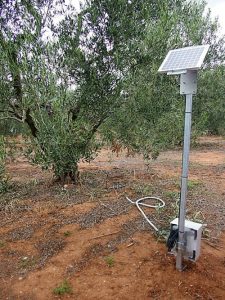
The organisations which expressed interest for participation in the first round of pilots were evaluated in terms of specific criteria, in order to ensure the quality and the reliability of the results.
The areas and crops selected for the first round of pilots are presented in the accompanying Table. After selecting each organisation, the most appropriate parcels were selected in each case, aiming at installing the telemetric stations. In the first round of pilots 26 GAIATron Atmo & GAIATron Soil telemetric stations were installed, a number constantly growing during the pilot phase. At the same time, soil samples were taken from the corresponding parcels and were sent for analysis to accredited laboratories, in order to evaluate the status of these soils in terms of nutrients. Last but not least, insect traps were installed for estimating the population of pests infecting the specific crops in the specific areas.
| Location | Cooperating organisations | Crop |
| Stimagka, Corinth | Pegasus / 7Grapes | Table grapes |
| Krya Vrysi, Pella | Pegasus / 7Grapes | Table grapes |
| Nea Potidaia, Chalkidiki | Yannis Olive Grove | Olive |
| Prespes, Florina | Agricultural Cooperative of Bean Producers in the National Park of Prespes “Pelekanos” | Dry beans |
| Argos Orestiko, Kastoria | Agricultural Cooperative of Kastoria | Dry beans |
| Veroia, Imathia | Venus Growers | Peach |
URL (Greek): URL (Greek)
